Geneva celebrates 50 years of scientific discovery
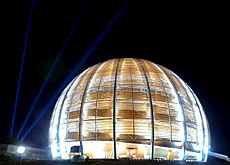
International dignitaries and scientists are gathering in Geneva on Tuesday to mark the golden jubilee of Cern, the European Organization for Nuclear Research.
Over the past five decades, the world’s largest particle physics lab has contributed significantly to our understanding of the universe and to international scientific cooperation.
The centre’s multicultural make-up of scientists and staff from 80 countries, along with its highly ambitious quest – to unravel the secrets of the origin of the universe – make it a lab like no other.
On Tuesday, officials and heads of state from Switzerland, France and Spain are to attend a special ceremony in Geneva to commemorate Cern’s achievements.
The occasion will also mark the inauguration of the Globe of Science and Innovation – Switzerland’s 50th anniversary gift to Cern, which will serve as a new networking and visitor centre.
Cern spirit
“For 50 years, Cern has been the meeting point for scientists coming from all nations, cultures, religions, and ethnic backgrounds,” said Charles Kleiber, Switzerland’s state secretary for science and research.
“Political disputes and animosities really have no weight here,” Kleiber told swissinfo.
“This is the Cern spirit… which has helped the lab to make a major contribution to the way we think about nature and the beginnings of the world.”
His comments were echoed by the centre’s director general, Robert Aymar, who said its international identity had also had a “considerable social, cultural and economic impact” on the Geneva region.
“Even before Cern, Geneva was an international city but as the laboratory has grown, so has it contribution to making Geneva an even more international place,” Aymar told swissinfo.
“Science has a universal language… and Cern is a place where science is the only objective,” he added.
Scientific adventure
Established in 1954 by 12 founding countries, including Switzerland, Cern was one of Europe’s first joint ventures.
Today, it boasts 20 member states and provides a unique environment where Israeli and Arab scientists, along with Indian and Pakistani physicists, can be found working side by side in a common effort to solve the riddles of nature.
The centre has its headquarters in Geneva but its sprawling underground laboratory – the world’s largest – actually extends into neighbouring France.
According to Kleiber, this cross-border collaboration has fostered a spirit of “science without borders” in Europe and around the world.
“It is interesting to note that while Cern is Swiss, it is also French and European,” said Kleiber. “It is a link for all European nations and demonstrates that the scientific adventure is a common one and concerns all nations.”
Several other countries, including India, Israel, Japan, Russia, Turkey and the United States, have been granted observer status within the organisation.
Innovation
Over the years, work conducted at Cern has resulted in three Nobel prizes, as well as significant advances in technology and engineering.
It was here that the World Wide Web was invented back in the early 1990s to help particle physicists communicate with each other.
Today, “www” forms part of the everyday lexicon of tens of millions of computer users around the world.
Cern has also been instrumental in developing particle accelerators, which produce high-energy beams of particles using electromagnetic fields, as tools for industry, medicine and research.
The facility is currently focused on the completion of the Large Hadron Collider – a machine so powerful that it is expected to allow scientists to extend human understanding of the four basic forces of nature like no other before it.
Due to switch on in 2007, the LHC is expected to probe deep into matter in a quest to discover whether there is more to the universe than meets the eye.
swissinfo, Anna Nelson in Geneva
Cern is the biggest particle physics lab in the world.
Worldwide, there are roughly 7,000 scientists from more than 80 countries working on Cern projects.
Cantonal authorities say Cern has attracted several telecommunications and technology companies to the Geneva region.
Cern is a laboratory for the study of the building blocks of matter and the forces that hold them together.
Its convention was signed on September 29, 1954, by 12 founding member states.
The facility was designed to bring nations together and promote peace through science.
Today, Cern boasts 20 member states and employs around half of the world’s particle physicists.

In compliance with the JTI standards
More: SWI swissinfo.ch certified by the Journalism Trust Initiative

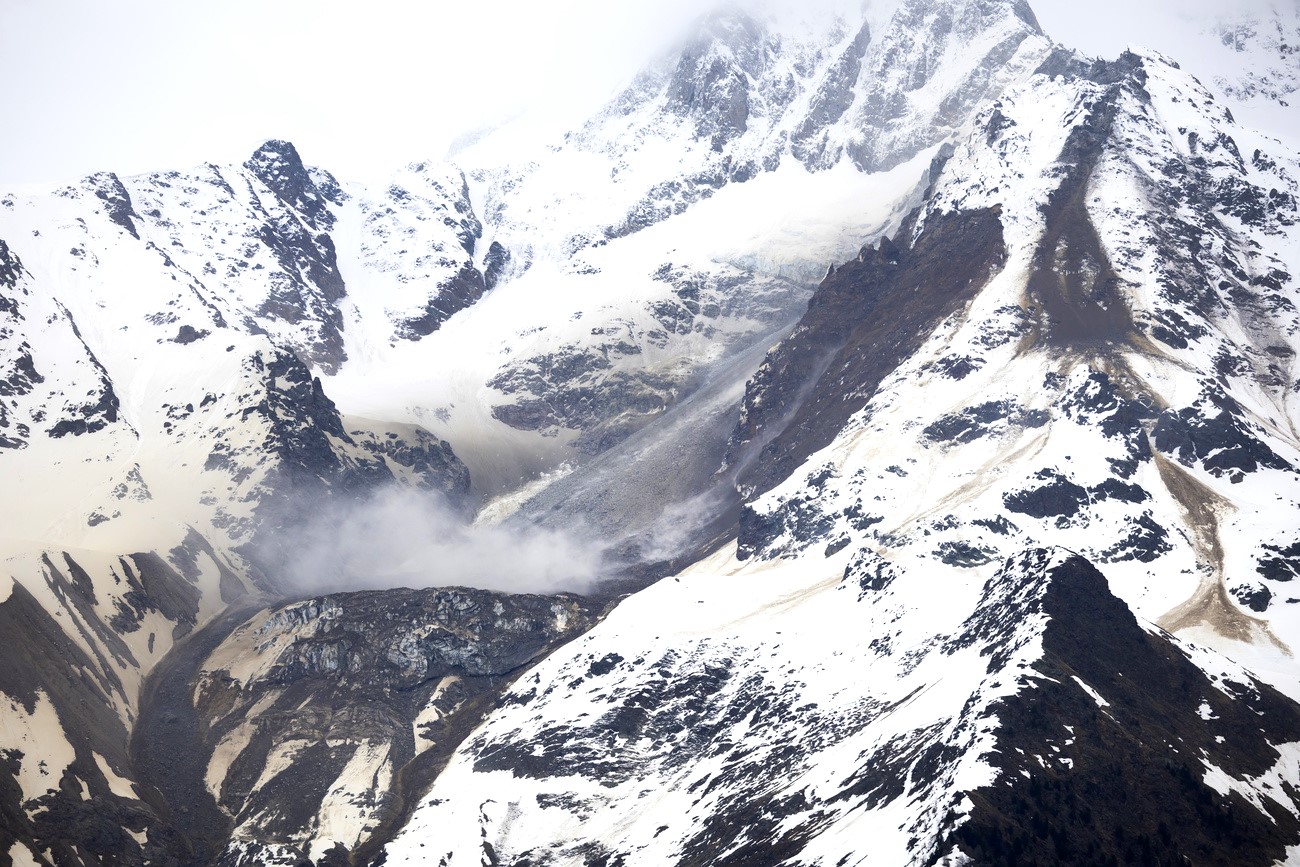

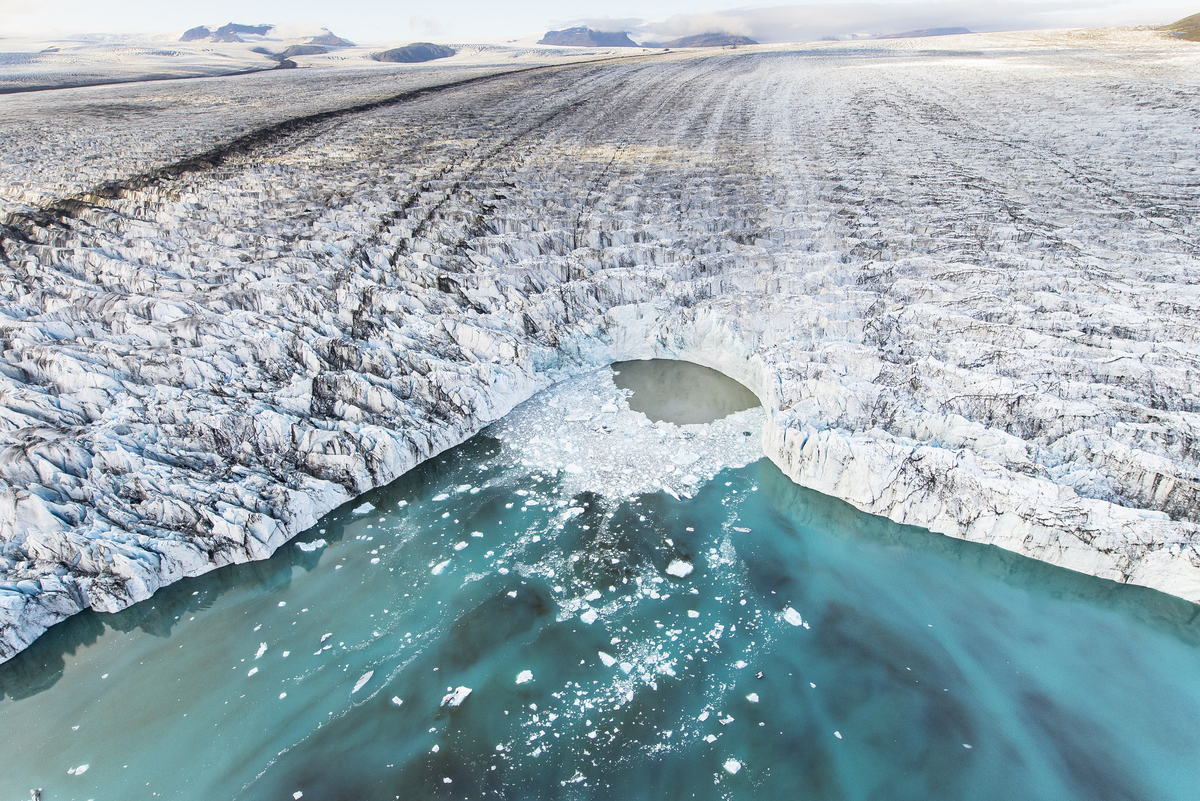





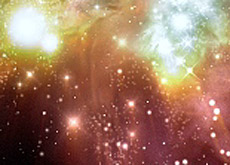
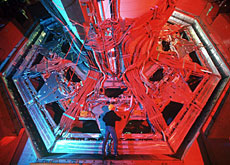
You can find an overview of ongoing debates with our journalists here . Please join us!
If you want to start a conversation about a topic raised in this article or want to report factual errors, email us at english@swissinfo.ch.